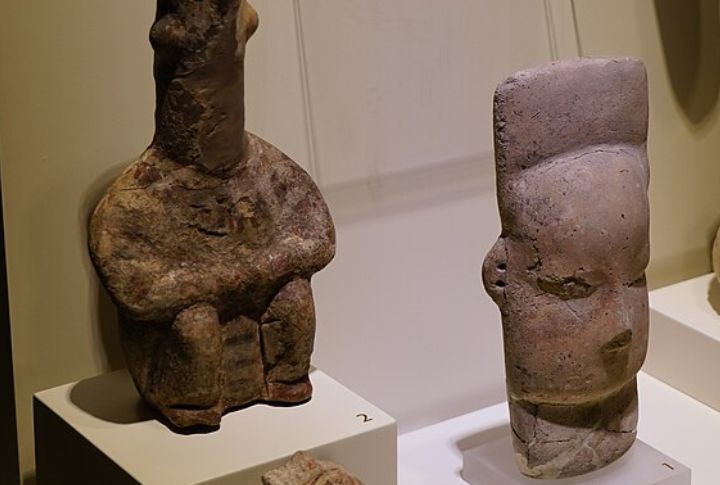
Sometimes, the earth remembers what people forget. Beneath layers of dust and centuries of silence, fragments of human life wait—small, fragile, and patient. Every so often, one of those fragments surfaces, carrying with it a whisper of who we once were.
This is one of those moments.
A Face From Five Millennia Ago
During a routine excavation in central Turkey, archaeologists discovered a small pottery fragment unlike the rest. It featured distinct facial details—almond-shaped eyes, raised eyebrows, and traces of a nose. The level of definition suggested it was not a random design but a deliberate representation of a person or deity.
Experts estimate the piece dates to the Early Bronze Age, around 3000 BCE, when the first major settlements began forming across Anatolia. Plus, the shard’s features indicate an early attempt at portrait-like expression, making it a valuable example of how symbolic art evolved during that period.
Unearthing Early Anatolian Symbolism
Anatolia, known today as Turkey, was home to some of the earliest complex societies. People in this region developed farming systems, trade routes, and artistic traditions that spread across the ancient world. Pottery played a central role in daily life—used for storage, rituals, and decoration.
What makes this fragment significant is its symbolic design. Faces on pottery were uncommon, and when they appeared, they usually represented protection, fertility, or worship. The expression and shape of this shard suggest it may have been part of a ceremonial vessel rather than an everyday item. It shows that by 3000 BCE, artists were not only shaping useful tools but also using them to express belief and identity.
The Site And Its Context
The discovery site has not been publicly named, but experts describe it as part of a known Early Bronze Age settlement. Similar findings in central and western Anatolia—such as at Alaca Höyük and Kültepe—support the idea that symbolic pottery was part of a regional artistic pattern.
Archaeologists documented the shard’s location, soil composition, and depth to understand its context. The layer it was found in contained domestic pottery, tools, and small figurines. Together, these findings point to a developed society that valued both practicality and creative expression.
The Human Touch In Clay
Close examination revealed the face was shaped by hand rather than molded, indicating individual craftsmanship. The symmetry of the eyes and brows shows a steady and intentional design. This suggests the artist likely used basic tools—sticks, cords, and fingers—to shape the features before firing the clay.
Researchers believe the vessel may have stood upright and displayed the face prominently, possibly as part of a shrine or communal gathering place. It demonstrates that early potters had both the technical skill and cultural reason to merge art with function.
A Fragment That Speaks Volumes
Though small, this artifact contributes to a larger understanding of the Early Bronze Age. It reveals how people of that era combined craftsmanship with meaning, merging utility and art into one object.
In the end, the shard’s true significance lies not only in its age or design but in what it represents—the beginning of humanity’s long tradition of seeing itself reflected in what it creates. It’s a reminder that the desire to leave a mark, to be recognized, and to communicate through art is as old as civilization itself.

